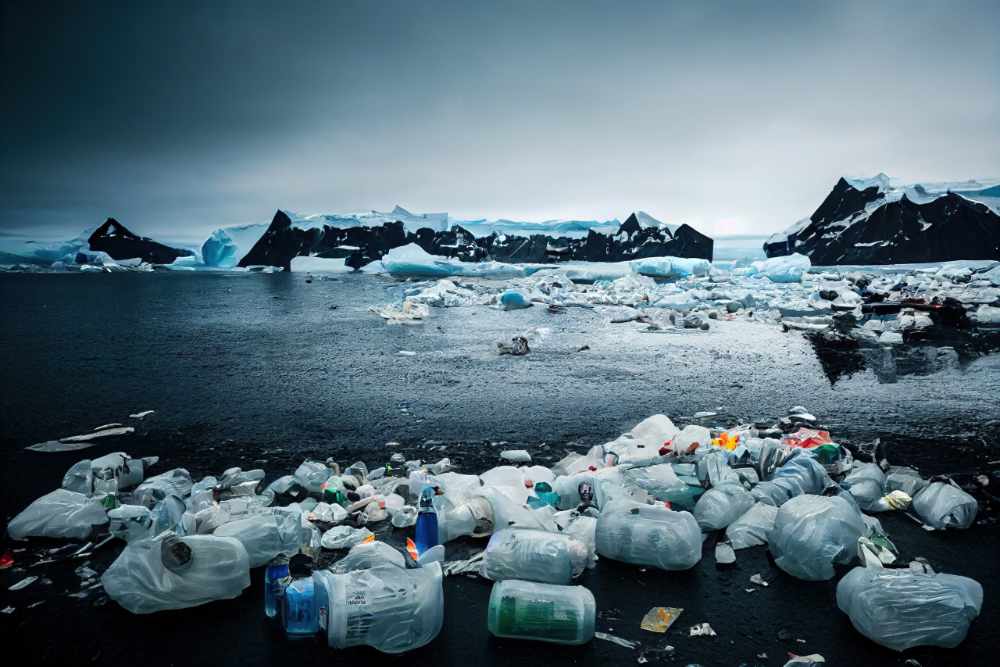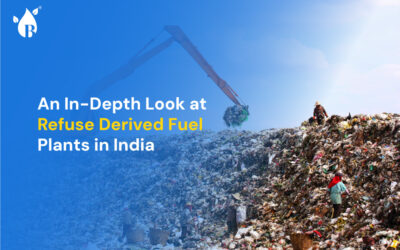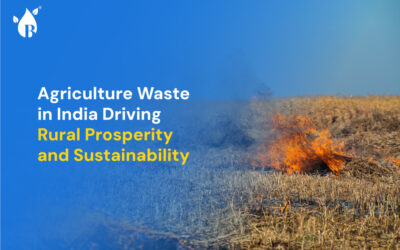
Fully synthetic plastic came into being 115 years ago
A Belgian chemist, Leo Baekeland, invented the first fully synthetic plastic in 1907.
He accidentally made plastic by combining two chemicals under heat.
Today, plastic is the foundational element of almost everything that is manufactured. It can be easily moulded, it’s cheap, it’s versatile and durable.
Plastic & Plastic Scraps: A boon became a bane
Plastic is immensely useful but plastic scraps are equally harmful. It leaves a huge carbon footprint. It trickles into food, pollutes the ocean, kills animals, stays on land and prevents percolation of rainwater into the ground.
Ironically, plastic became popular as an alternative to widely-used natural and animal-derived resources that were getting exhausted. Eg: wood, stone, ivory, tortoise-shells etc.
Today, we know, in an attempt to save the environment, we’ve harmed it multifolds.
Plastic & Plastic Scraps in Numbers
- 9.2 billion tonnes of plastic are estimated to have been made between 1950 and 2017.
- More than half this plastic has been produced since 2004.
- In 2020, 400 million tonnes of plastic were produced.
- If global trends on plastic demand continue, it is estimated that by 2050 annual global plastic production will reach over 1,100 million tonnes.
Source: https://en.wikipedia.org/wiki/Plastic
That’s a lot of plastic scraps & waste, what’s happening to it all?
Source: OECD
According to the Central Pollution Control Board, India generates about 15,000 tonnes of plastic scraps every day. Of which, about 40% remains uncollected.
Uncollected plastic scraps mean choking drainage and floating in water bodies, ingestion by stray dogs and marine animals, accelerating soil and water pollution, open air burning and ultimately causing harm to our health.
But there’s one piece of good news from the CPCB study. Around 94% of total plastic scrap comprises thermoplastic content (PET and PVC) which is recyclable.
Recyclable plastic scraps? What can you do about it?
First, let’s look at the plastic waste management chain.
- We generate and throw plastic scraps in the garbage.
- Plastic scrap pickers pick it up from our households or garbage collection sites. They segregate it and sell it to plastic scrap dealers or aggregators.
- Plastic scrap aggregators go on to clean, segregate, process and shred it into tinier pieces. It’s then sold to plastic recyclers.
- Plastic recyclers use various methods to melt the plastic scraps and recycle it into newer plastic products.
The biggest chunk of plastic scraps (≈40%) is being mismanaged or uncollected. This is where people like you and I can step in.
The easiest thing we can do is segregate our plastic waste at the point we generate it—at our homes. If you have an entrepreneurial mind and want to go one step further, plastic waste aggregation is in demand. You can bridge the gap between plastic scraps generation and collection. You can create a pathway for people to dutifully dispose of their plastic waste.
- Pavement collection: Set up big bins in residential areas where people can throw their plastic scraps. Once filled, it can be collected by the local municipal corporation.
- Drop-off collection: To dispose of larger volumes of plastic scraps, setup collection centres in easily accessible areas. Near parking lots, malls, playgrounds are a good spot because people visit often. You can also use this collection centre space to clean, segregate, and shred the plastic.
- Buy-back collection: These collection centres are largely owned by private organisations. People who bring back their plastic are paid based on the current market value. You can collaborate with private entities to set these centres up.
Once you aggregate a large volume of plastic, sell it in bulk to recyclers who will take it ahead from there.
Unless we act now and become responsible for the plastic we generate, it’ll continue to float on oceans, take over land, become plastic mountains and harm all living beings.
If your entrepreneurial mind is curious for more, get in touch with our team to discuss opportunities and challenges of plastic scrap aggregation in-depth.



